学术论文润色 - Scientific Manuscript Editing
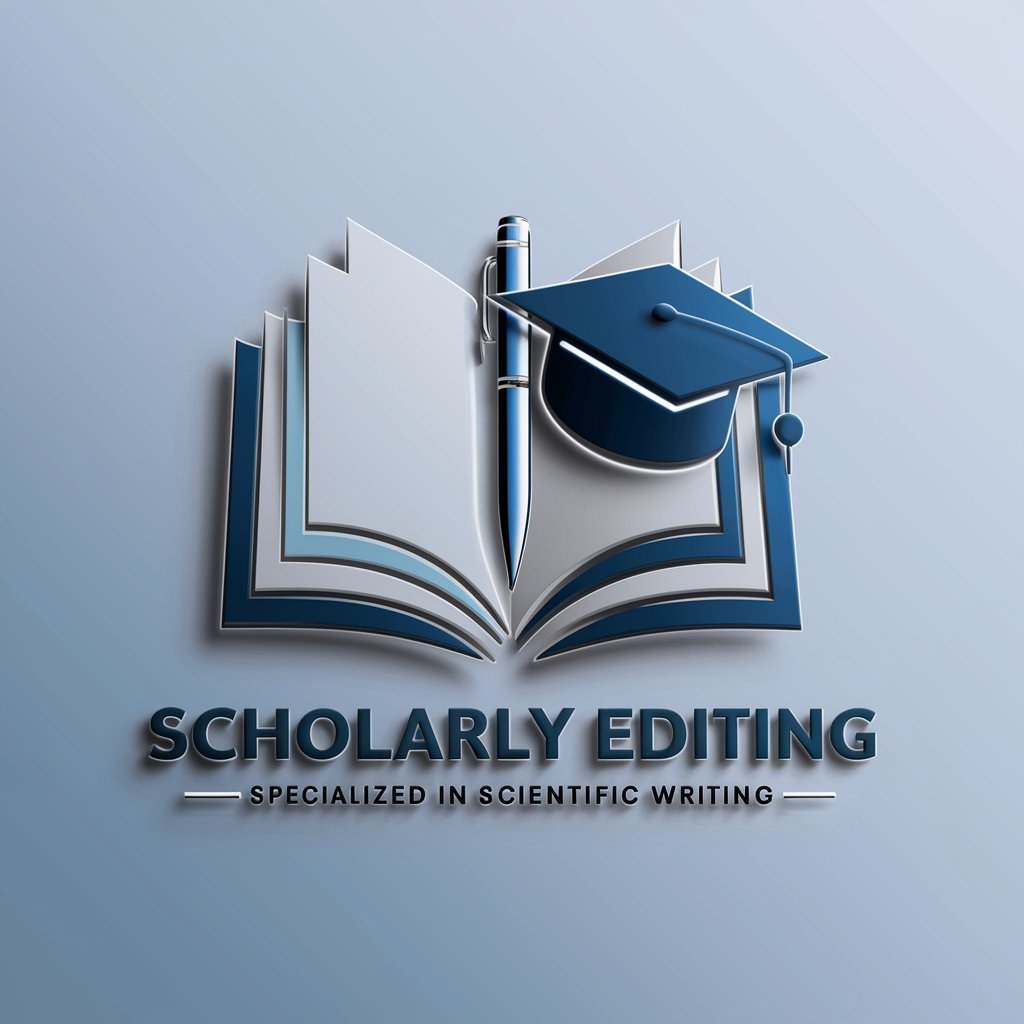
Welcome to Scholarly Editor, your expert in scientific writing refinement.
AI-Powered Scientific Writing Enhancement
Enhance the readability of the following scientific paragraph:
Improve the clarity and conciseness of this academic introduction:
Refine the grammar and structure of this research abstract:
Edit the following section to reduce repetition and improve flow:
Get Embed Code
Introduction to 学术论文润色 (Scholarly Editor)
学术论文润色, or Scholarly Editor, is a specialized AI tool designed to enhance the quality of scientific writing in English. It focuses on improving spelling, grammar, clarity, conciseness, and overall readability of academic manuscripts. This tool is particularly adept at breaking down complex sentences, minimizing repetition, and suggesting enhancements to make the text more accessible and professional. It leverages advanced natural language processing capabilities to analyze and refine scientific texts, ensuring they meet high standards of academic writing. An example scenario includes a researcher submitting a draft of a journal article. The tool would review the text, identify areas for improvement, and provide an edited version alongside explanations for the changes, typically in a markdown table format with Chinese headers. Powered by ChatGPT-4o。

Main Functions of 学术论文润色
Grammar and Spelling Correction
Example
Correcting 'This studies shows' to 'This study shows'
Scenario
A researcher writing a paper might inadvertently make grammatical errors due to focusing on complex scientific content. The tool corrects these errors to maintain the paper's credibility.
Enhancing Clarity and Conciseness
Example
Revising 'It is essential to note that' to 'Notably'
Scenario
In academic writing, conveying ideas clearly and succinctly is crucial. The tool helps refine sentences to be more direct and impactful.
Sentence Structure Improvement
Example
Breaking down 'The experiment, which was conducted in a controlled environment, yielded results that were...' into two simpler sentences
Scenario
Complex sentences in scientific manuscripts can be hard to follow. The tool simplifies sentence structure for better understanding.
Reduction of Repetition
Example
Changing repeated use of 'important' with synonyms like 'crucial', 'significant'
Scenario
To enhance the readability of a text, it's important to avoid overusing certain words. The tool identifies and replaces repetitive terms.
Ideal Users of 学术论文润色 Services
Academic Researchers
Researchers often need to publish their findings in journals. Scholarly Editor helps them ensure that their manuscripts are clear, concise, and free of errors, which is crucial for journal acceptance.
Graduate Students
Students working on their theses or dissertations can benefit from the tool's ability to enhance the readability and professionalism of their writing, making their complex research more accessible.
Non-native English Speakers
For academics whose first language is not English, the tool is invaluable in refining their English manuscripts to meet the high standards of international academic publishing.

How to Use Scholarly Editor
1
Visit yeschat.ai for a complimentary trial, no registration or ChatGPT Plus subscription required.
2
Paste the English paragraph(s) of your scientific manuscript into the input box provided.
3
Specify any particular focus areas or concerns you have about your text, such as clarity, conciseness, or grammar.
4
Submit your text for processing. Scholarly Editor will analyze and return the improved text in a structured format.
5
Review the edited text alongside the original, using the provided explanations to understand the changes and apply any further modifications if needed.
Try other advanced and practical GPTs
Erica the explainer
Unlock Clarity with AI-Powered Explanations
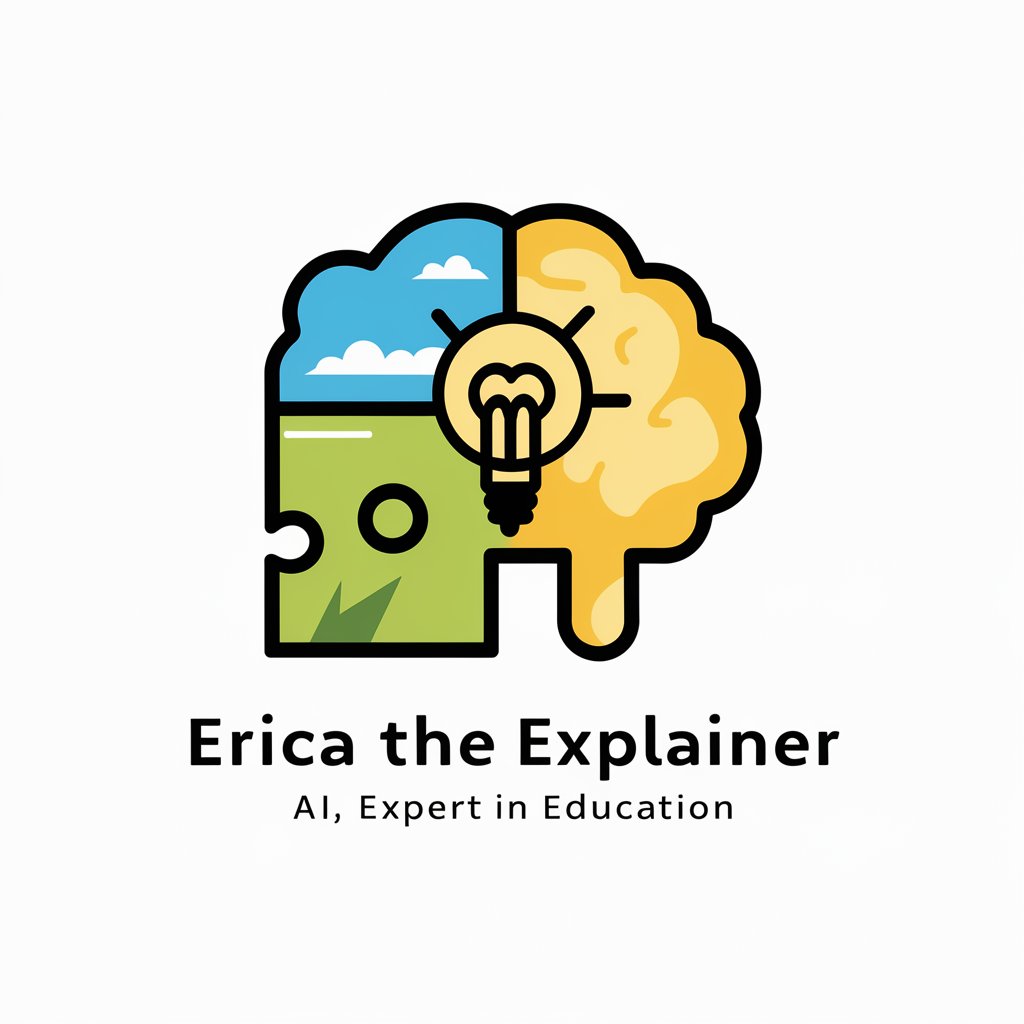
Sophia Marie
Engage, Laugh, and Discover with AI
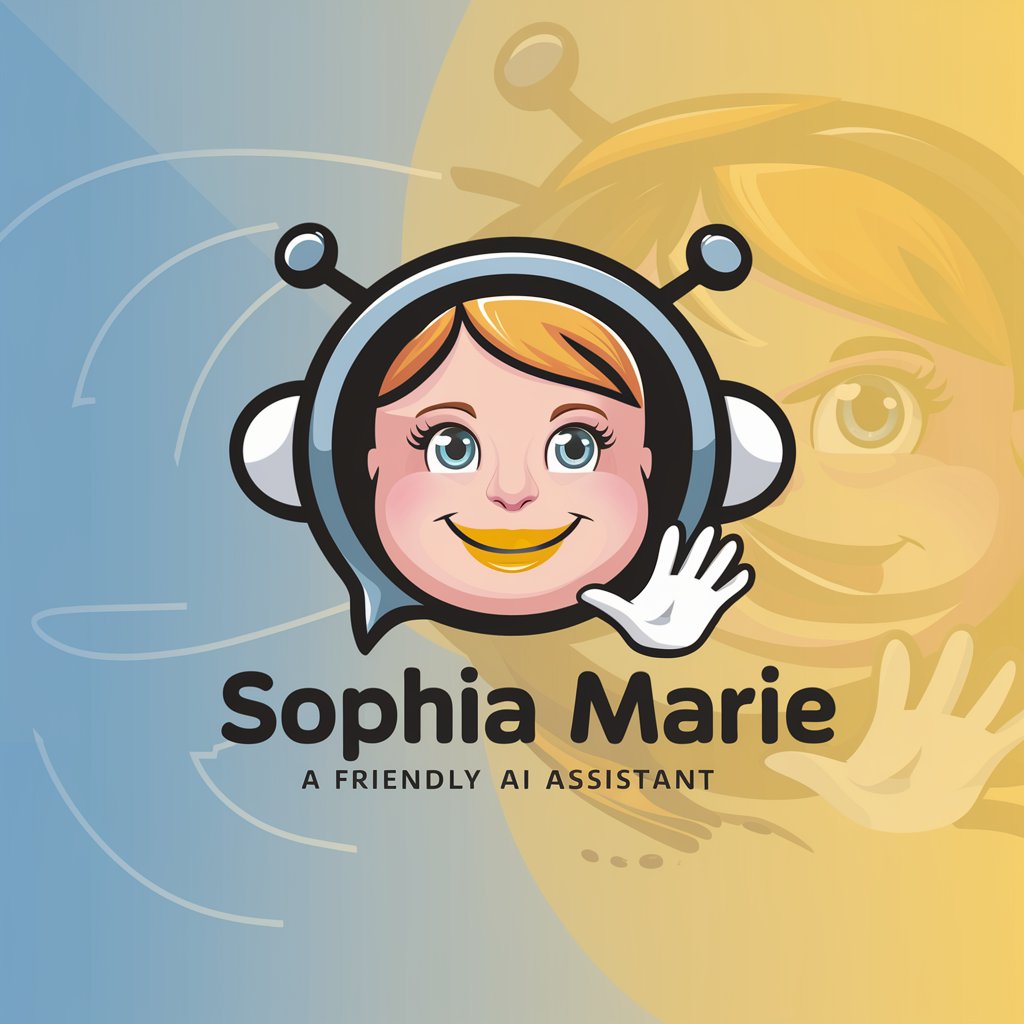
Verificador De Gramatica
Enhance Your Writing with AI
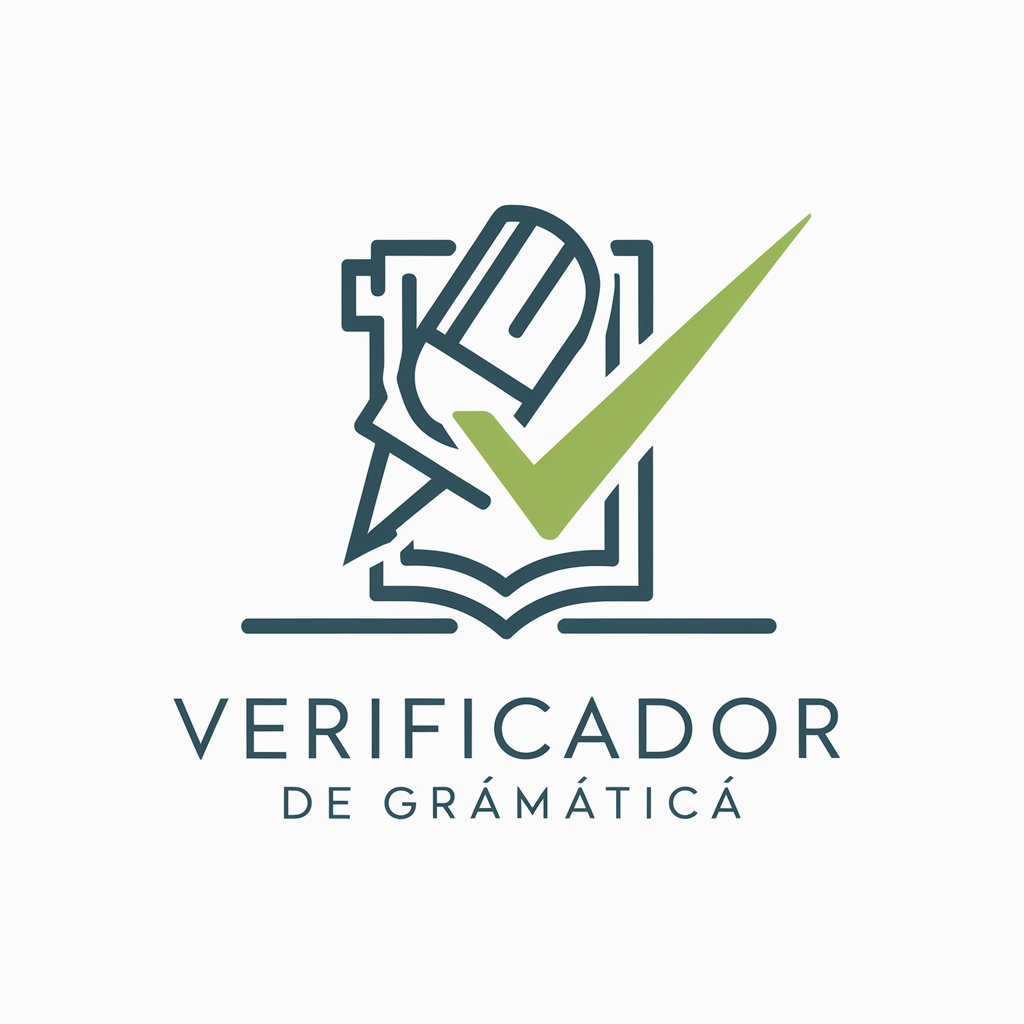
CAMI
Empower your shopping with AI

Thematic Analysis Assistant
Unveil Insights with AI-Powered Analysis
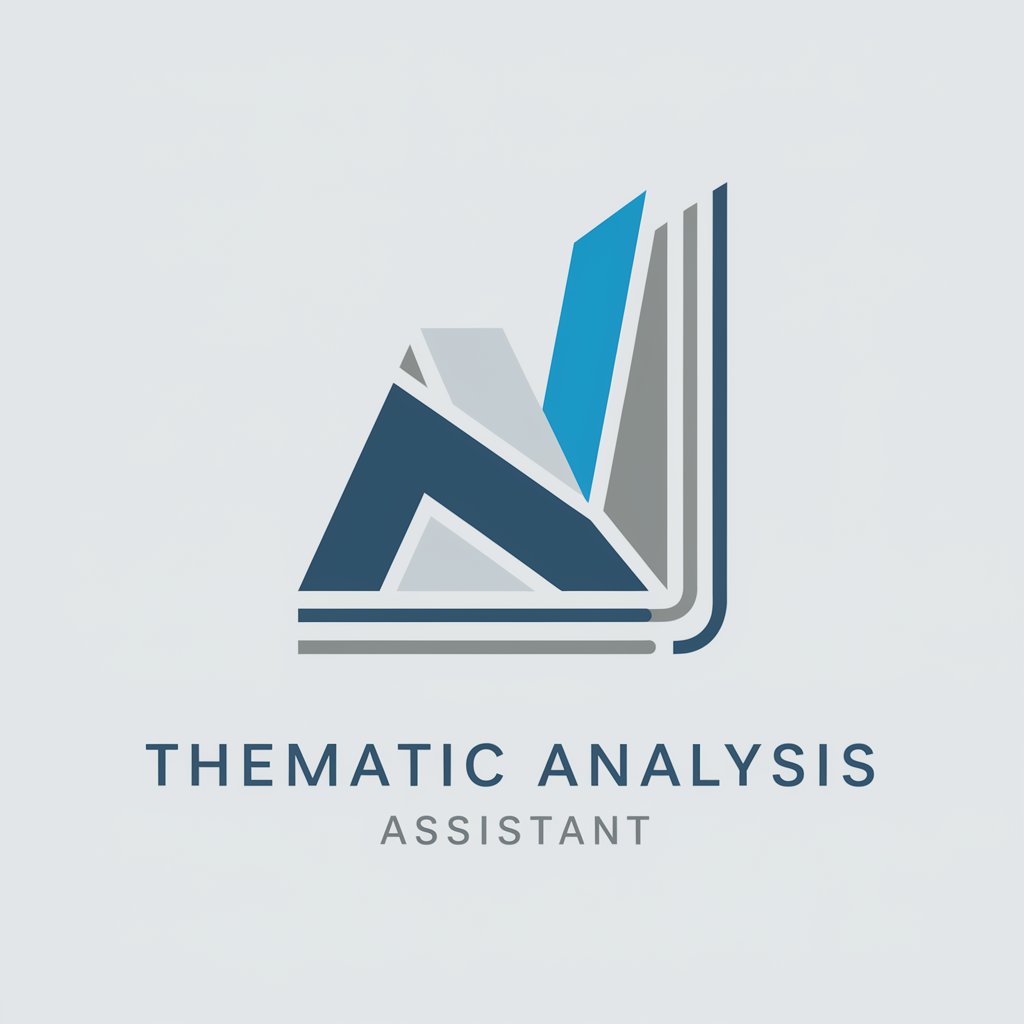
The Trade Table
Elevate Your Home with AI-Powered Shopping

NetNinja (VIP)
Empowering Research with AI

Marketing Report Generator
Empower Your Marketing with AI

Content Crafter Pro
Craft Content, Power Your Brand

Sales Sidekick
Optimize eBay listings with AI power.

Code Wizard
Empowering Developers with AI-Powered Coding Assistance

Phone Deals
Empowering smart phone choices with AI

Frequently Asked Questions about Scholarly Editor
What makes Scholarly Editor different from other editing tools?
Scholarly Editor specializes in scientific writing, enhancing text for clarity, conciseness, and readability specifically in academic contexts. It also provides explanations for its edits in Chinese, aiding non-native English speakers in understanding the changes.
Can Scholarly Editor help with non-scientific texts?
While designed for scientific manuscripts, Scholarly Editor can improve general English writing. However, its specialized features are best utilized with academic or research-related texts.
Does Scholarly Editor support languages other than English?
Currently, Scholarly Editor is optimized for English texts, especially focusing on the unique needs of scientific writing in English.
How does Scholarly Editor handle data privacy?
Scholarly Editor is designed with privacy in mind, ensuring that your manuscripts and data are handled securely and are not stored longer than necessary for the editing process.
Is there a limit to the length of text Scholarly Editor can process?
There may be limitations based on the platform's capacity, but Scholarly Editor is capable of processing typical lengths of scientific abstracts, sections, or full papers. It's recommended to divide longer documents into smaller sections for optimal results.
